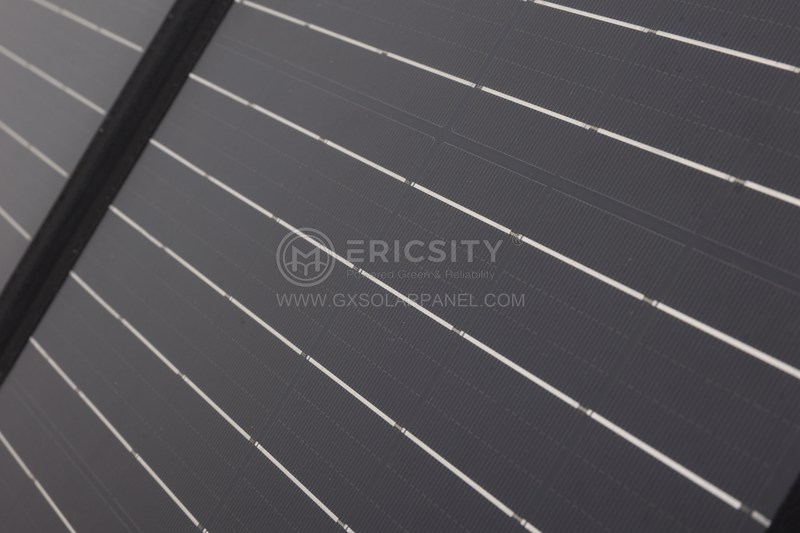HOT PRODUCT
Product Details
semi-flexible Solar Panels: Lighting Up The Developing World
Title: Semi-Flexible Solar Panels: Lighting Up The Developing World
Introduction (50 words):
Access to electricity is a crucial factor in socio-economic development, particularly in the developing world. Traditional energy infrastructures often fall short, rendering renewable energy alternatives indispensable. Semi-flexible solar panels hold immense potential in addressing this challenge, providing a sustainable solution that can efficiently harness solar energy in various parts of the developing world.

1. The Power Deficit in the Developing World (100 words):
With approximately 789 million people globally lacking access to electricity, the majority hailing from the developing regions, addressing this power deficit is imperative. Many underprivileged communities reside in remote areas with limited or no access to grid electricity, making them dependent on costly and unreliable alternatives like kerosene lamps. Semi-flexible solar panels present an ideal, affordable, and eco-friendly solution to eradicate energy poverty while allowing these communities to thrive.
2. What are Semi-Flexible Solar Panels? (100 words):
Semi-flexible solar panels are solar modules manufactured using lightweight and durable materials such as polymers, allowing for greater flexibility and versatility in application. They can be easily integrated into various structures, including rooftops, curved surfaces, and irregularly shaped objects, making them ideal for diverse settings. The unique design of these panels enables them to withstand harsh weather conditions, such as high temperatures, strong winds, and even hailstorms.


3. Benefits of Semi-Flexible Solar Panels (150 words):
A. Versatility: Their adaptable design allows for installation on a wide range of surfaces, making them suitable for both urban and rural areas, as well as off-grid applications.
B. Cost-effectiveness: Semi-flexible solar panels can be produced at a lower cost compared to traditional rigid panels, driving down the overall installation expenses.
C. Portability: Their lightweight nature facilitates easy transportation and deployment in areas lacking proper roads or infrastructure, enabling access to renewable energy in remote locations.
D. Durability: Built to withstand harsh environments, these panels exhibit resilience against extreme weather conditions, ensuring longevity and reduced maintenance costs.
E. Accessibility: Semi-flexible solar panels can be manufactured with local materials, contributing to local job creation, technology transfer, and fostering energy independence within communities.
4. Use Cases in the Developing World (150 words):
Semi-flexible solar panels have already made significant impacts in addressing energy poverty within the developing world:
A. Rural electrification: Installing these panels on rooftops or building structures provide electricity to remote households, aiding in improving their quality of life, education, and healthcare facilities.
B. Solar-powered irrigation: Semi-flexible panels can be integrated into portable or floating systems, catering to the agricultural needs of rural communities, boosting crop yields, and reducing water scarcity.
C. Disaster relief: Their portability allows rapid deployment of temporary power systems during emergencies, supporting relief efforts in disaster-stricken areas.
D. Charging stations: Solar panels can be utilized to establish community charging stations, enabling access to essential electronic devices and fostering digital inclusion.
E. Eco-tourism: Semi-flexible panels can be installed on boats, vehicles, or tent structures, providing clean energy solutions in ecologically sensitive regions, supporting sustainable tourism initiatives.
Conclusion (50 words):
With their versatility, affordability, and durability, semi-flexible solar panels are emerging as a game-changer in providing electricity to the underprivileged communities in the developing world. Leveraging their immense potential will empower these regions, bridging the energy gap and illuminating a brighter future driven by renewable energy.




